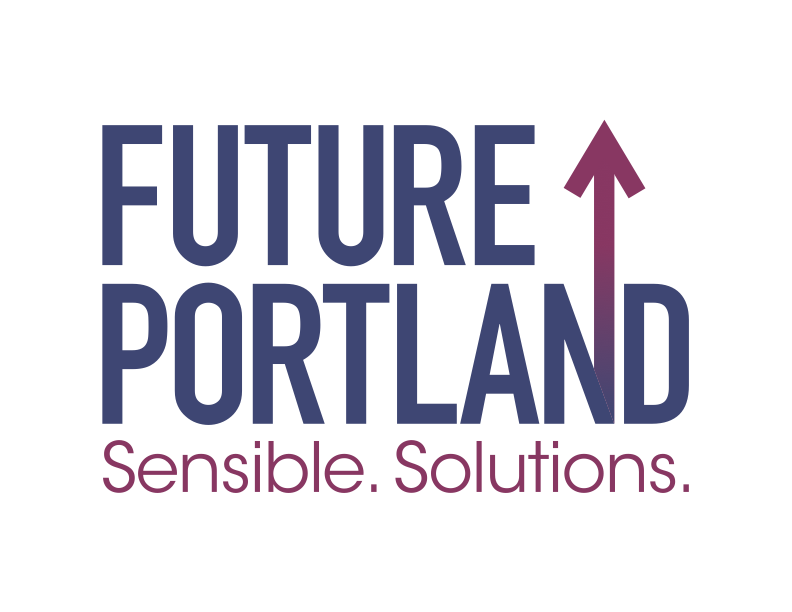Testimony to Multnomah County Board - It’s Time to Truly Implement Built for Zero
Our topic today is Built for Zero, the continuous improvement data-driven methodology that the city and county - championed their partnership - in obtaining for Multnomah County, almost two years ago. Cities and counties all over the country are seeing successful results with their homelessness issues by using this data collection tool.
Since Multnomah County’s initial announcement about Built for Zero, we have seen no updates and fear the project is being stalled or quietly dropped.
We’d like to reiterate the 2 important benefits Built for Zero provides:
Access to real time data to accurately capture today’s baselines and track future milestones and measurements.
Ability to integrate service providers, enhance services provided, and keep people housed.
Let’s start with the #1 reason we need Built for Zero: Data and Tracking.
Having a real-time count of everyone who is residing on the streets of Multnomah County is something we can all agree needs to be a priority. We would have their names and a list of their barriers to entry into permanent housing.
This would be a way to track, amongst our HUNDREDS of service providers, what treatment options or services were rendered or offered to folks and if it was successful or not, or include notes on what methods to try for future contact. Once the city sets up sanctioned campsites - which more than 80% of Portland residents support - it will be even easier to collect this data and know where people are staying to readily help them on their journey back into permanent housing.
Next, let’s discuss the #2 benefit to Built for Zero: integration and enhancements to current services.
Support and services provided to houseless individuals take place over months and years, often involving multiple service providers and case workers, so it’s essential to have a database that allows providers to integrate their services, understand and build off previously provided services, etc. With a publicly available database, any contracted service providers can access and see what other providers were previously helping a client and quickly reconnect them as needed. This is also a way for the County to easily track the ongoing success of individual providers and programs and offer real-time feedback to those who are not showing ongoing positive results. Most importantly: the database helps ensure vulnerable people stay housed.
Now, we understand there are some who have been slow to embrace Built for Zero, possibly due to cost or privacy concerns. Not surprisingly, those objecting seem to be nonprofit executives who benefit today from a system that has no way to hold them accountable for actual OUTCOMES that benefit our houseless community. Outcomes require DATA.
Here’s why the concerns around costs and privacy are not an obstacle:
Yes, there are costs associated with sending providers to obtain this information. But this is something that can easily be written into new, or newly renegotiated contracts with service providers and nonprofits. They will not be considered for future funding or contracts if they do not start entering data into the shared Built for Zero database. This should include street outreach, transitional housing programs and the various shelters and pod villages, both public and private.
We can also set up programs with local schools for social work, psychology or healthcare students to earn credit hours working to help with the data collection for this program. Our neighbors in Clark County have managed to implement this - surely if it fits within their budget, it can fit in ours.
The second objection we have heard is that a database has privacy challenges. We have several group members who work in the privacy and security sectors, and a list with someone’s name, and any optional non-personally identifiable data they feel they want to give providers, is absolutely not a privacy violation of any kind. You can find my own name and address very easily as publicly available information if you were so inclined to do so.
In closing:
We ask that you truly implement the program we were promised - and SOON. We can very easily and publicly see Clark County’s dashboard – where is our dashboard? We all know that having more data is the best way to understand the issues we are trying to tackle; we cannot lose any more time in launching a database that tracks the data. Thank you for looking into the ways our County can best weave this program into our existing and future service provider contracts to bring real-time data to help set realistic and measurable goals while solving issues to improve services along the way.
Thank you.

